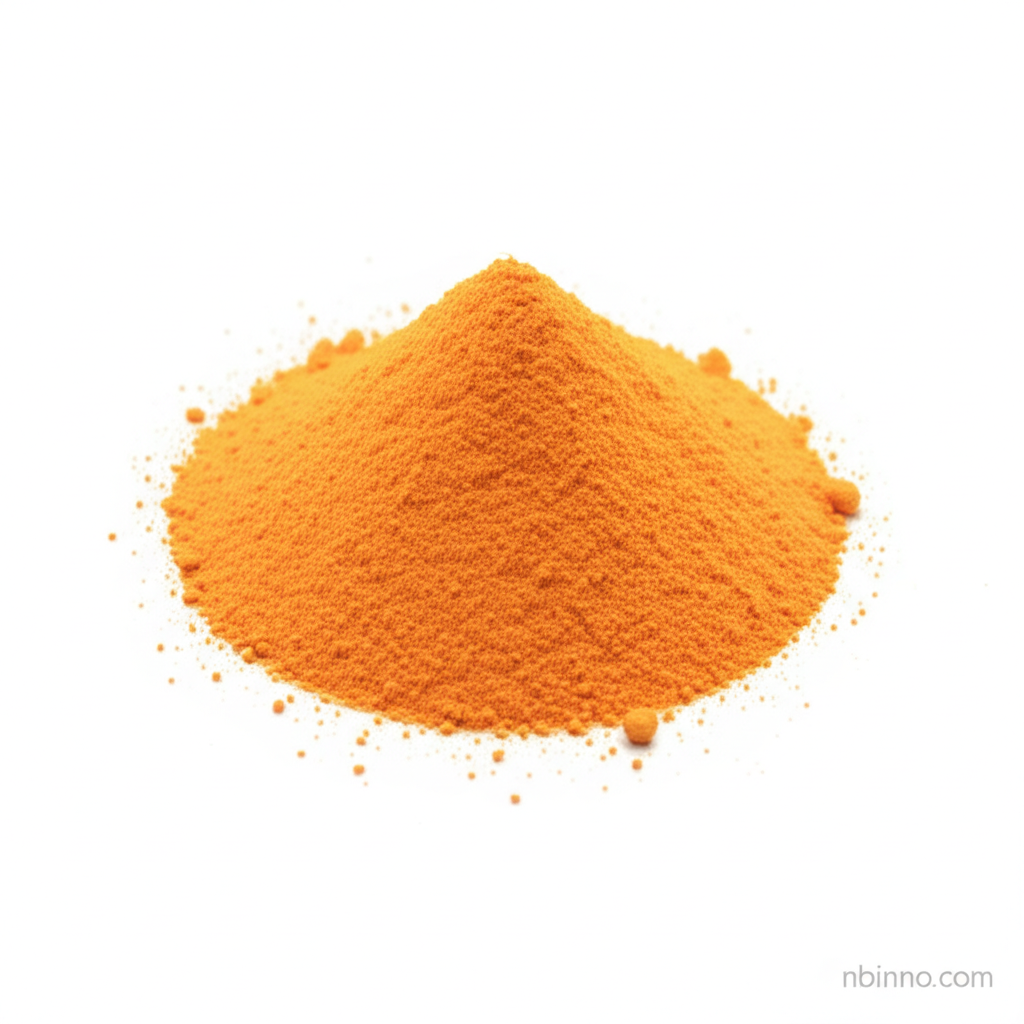Gallium Phosphide (GaP) CAS 12063-98-8: Properties, Applications, and Industrial Significance
Explore the fundamental properties and diverse technological applications of Gallium Phosphide (GaP), a key compound semiconductor driving innovation in optics, electronics, and quantum technologies. Discover its unique material advantages.
Get a Quote & SampleProduct Core Value

Gallium Phosphide
Gallium Phosphide (GaP) is a pivotal compound semiconductor known for its exceptional optical and electronic properties, making it a critical material in advanced technological applications. As a supplier in China, we are committed to providing high-quality GaP for your research and manufacturing needs. Our GaP offerings are integral to the development of cutting-edge technologies across various industries.
- Leveraging our expertise in semiconductor material science, we offer Gallium Phosphide that is instrumental in developing advanced nanophotonics applications.
- Our focus on optoelectronic applications ensures that our GaP products meet the demanding requirements for next-generation LEDs and integrated photonic circuits.
- As a reliable supplier in China, we enable breakthroughs in quantum computing materials by providing high-purity GaP with precise electronic properties.
- We facilitate sophisticated semiconductor device manufacturing processes with GaP that offers unique optical properties and compatibility with silicon integration.
Advantages Provided by Gallium Phosphide
High Refractive Index and Optical Properties
Gallium Phosphide (GaP) possesses a high refractive index and exhibits wide optical transparency from visible to infrared wavelengths, crucial for efficient light confinement and manipulation in advanced optical devices, enabling breakthroughs in nanophotonics applications.
Unique Electronic and Nonlinear Optical Properties
The indirect band gap and significant nonlinear optical properties of GaP make it a versatile material for developing sophisticated semiconductor devices and driving innovation in quantum technologies, supporting advanced semiconductor manufacturing.
Compatibility and Integration
With a crystal structure closely matched to silicon, GaP facilitates seamless integration into existing silicon photonic platforms, enhancing its utility in telecommunications and advanced semiconductor device manufacturing.
Key Applications
Semiconductor Materials & LEDs
Gallium Phosphide serves as a fundamental semiconductor material, particularly vital for the fabrication of LEDs and various electronic components, playing a critical role in the advancement of optoelectronics.
Nanophotonics and Optical Devices
Its unique optical properties, including a high refractive index, make GaP an ideal material for cutting-edge nanophotonics, enabling the creation of advanced optical devices for high-performance applications.
Quantum Technologies
The precise electronic characteristics of GaP position it as a key material in the development of quantum computing and quantum communication systems, pushing the boundaries of scientific innovation.
Integrated Photonics
Gallium Phosphide is crucial for developing integrated photonic circuits, offering low optical loss and enabling high-speed data transmission, which is essential for modern telecommunications and data centers.
